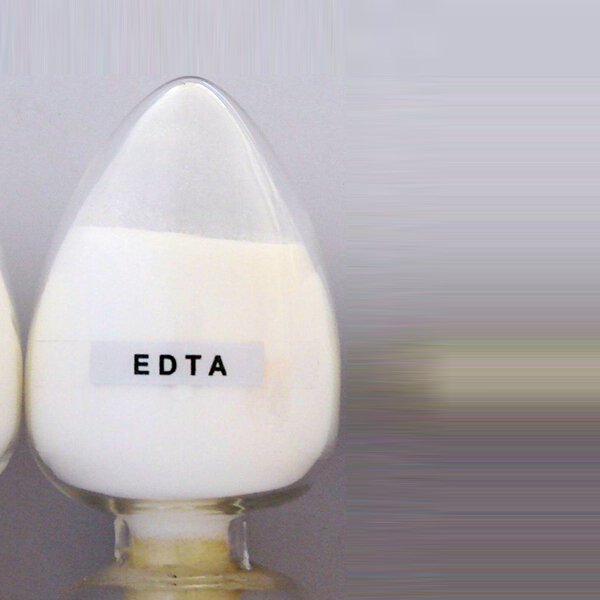
News
júl . 29, 2024 23:38 Back to list
Exploring the Role of Deferoxamine as an Effective Iron Chelating Agent in Medical Applications
The Role of Deferoxamine as an Iron Chelating Agent
Deferoxamine is a potent iron chelating agent that has gained prominence in the medical field, particularly for treating conditions associated with iron overload. Iron overload can occur due to various factors, including genetic disorders such as hereditary hemochromatosis, chronic hemolytic anemia, or through frequent blood transfusions in patients with thalassemia and sickle cell disease. In these cases, the body absorbs more iron than it needs, leading to detrimental effects on vital organs. This is where deferoxamine comes into play, offering a therapeutic avenue to manage excess iron.
The Role of Deferoxamine as an Iron Chelating Agent
Research has demonstrated the effectiveness of deferoxamine in reducing iron stores in patients with chronic conditions. A number of studies highlight its capacity to improve patient outcomes significantly. For instance, a clinical trial involving patients with thalassemia major found that those treated with deferoxamine showed marked reductions in liver iron concentration and improved overall health metrics compared to those who did not receive the chelation therapy. Such findings underscore the importance of early intervention with deferoxamine to prevent the long-term consequences of iron toxicity.
iron chelating agent deferoxamine quotes

Deferoxamine is typically administered via subcutaneous injection or intravenously, depending on the clinical scenario. The treatment regimen can be adjusted according to the severity of iron overload and the patient’s individual response. While it is effective, deferoxamine is not without its limitations. The need for frequent subcutaneous infusions can be burdensome for patients, and some may experience side effects ranging from allergic reactions to gastrointestinal disturbances. Therefore, ongoing research seeks to enhance the formulation and delivery methods of deferoxamine to improve patient compliance and outcomes.
An important aspect of deferoxamine treatment is the need for regular monitoring of iron levels and organ function. Healthcare providers often utilize serum ferritin levels, liver biopsy, and MRI to assess iron load and guide treatment. This comprehensive approach ensures that patients receive optimal care tailored to their specific iron status.
The impact of iron chelation therapy extends beyond physical health; it significantly improves the quality of life for individuals suffering from iron overload conditions. Patients often report increased energy levels, reduced symptoms of organ dysfunction, and an overall improvement in their daily activities. This highlights the multifaceted benefits of timely and effective treatment with deferoxamine.
In conclusion, deferoxamine represents a crucial pillar in the management of iron overload, safeguarding patients from the severe consequences of chronic iron toxicity. As research continues to evolve, there is hope for newer chelating agents and improved formulations of deferoxamine, which could provide even greater efficacy and convenience. For individuals at risk of iron overload, prompt diagnosis and intervention can lead to better health outcomes and a brighter future.
-
Polyaspartic Acid Salts in Agricultural Fertilizers: A Sustainable Solution
NewsJul.21,2025
-
OEM Chelating Agent Preservative Supplier & Manufacturer High-Quality Customized Solutions
NewsJul.08,2025
-
OEM Potassium Chelating Agent Manufacturer - Custom Potassium Oxalate & Citrate Solutions
NewsJul.08,2025
-
OEM Pentasodium DTPA Chelating Agent Supplier & Manufacturer High Purity & Cost-Effective Solutions
NewsJul.08,2025
-
High-Efficiency Chelated Trace Elements Fertilizer Bulk Supplier & Manufacturer Quotes
NewsJul.07,2025
-
High Quality K Formation for a Chelating Agent – Reliable Manufacturer & Supplier
NewsJul.07,2025
